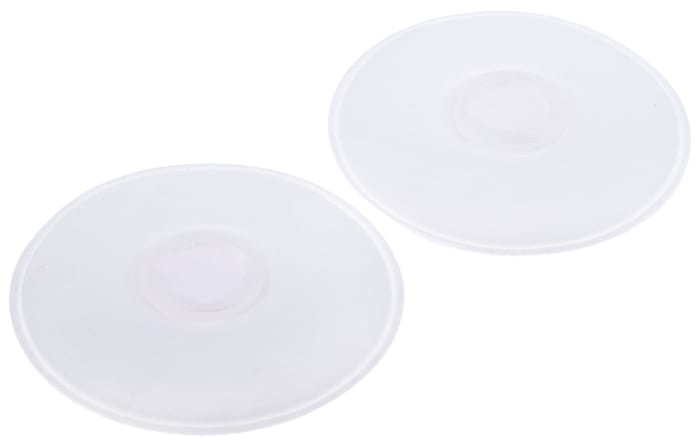Технически документи
Спецификации
Brand
3MFilter Type
Dust, Mist
For Use With
6000 Series Half & Full Face Mask, 7000 Series Half & Full Face Mask
Страна на произход
United States
Детайли за продукта
Series 2000 Bayonet "Click" system particulate filters
From 3M, these high quality particulate filters are an excellent addition to your work place health and safety. With an easy to use boyent fitting system, the filters assure peace of mind when working in challenging environments.
• The 2000 series of particulate filters are equipped with the bayonet "Click" fixing system allowing the filter to be changed quickly and easily ensuring that the fixing is completely safe and totally eliminates the possibility of leaks.
• They can be adapted to fit all 6000 and 7000 masks and half-masks and also the S-200 airline system.
• Filters are chosen according to the use of contaminants.
Standard: EN 143
Applications
Filtered respirator facemasks are essential PPE for environments where particle ingress can be potentially hazardous to your health, such as gas, vapours or dust. They are often more suitable for heavy-duty tasks than disposable facemasks. Replaceable respirator particulate filters are graded in different ways to indicate their suitability for different applications, such as;
• A- Organic vapours with a boiling point more than 65°C
• B- Inorganic vapours
• E- Acid gases
• K- Ammonia and ammonia derivatives
• AX- Organic vapours with a boiling point less than 65°C
Half-mask or full-mask respirators?
Depending on the health and safety requirements of your workplace or the demands of your application, you may need to choose between a half mask or full mask respiratory. Half mask respirators cover only the nose and mouth, while full masks cover the entire face. While both masks may have the same grade of filter, a full face mask has the benefit of sealing around the whole face, creating a more secure seal. Full face masks also have the advantage of protecting the eyes from vapours or splashing. As such, the full face mask option is often a better choice for potentially more hazardous conditions.
However, a half-mask might be a more cost-effective option if extra protection isn't needed, or might be more suitable for use in combination with specialized headgear.
Correct use of respirators
When it comes to respiratory protection, the correct fitting and testing of your respirator is just as important as selecting the correct respiratory protective equipment for your working conditions. Be sure to follow all pertinent instructions and that health and safety best practice is adhered to at all times. Always be sure to use the correct filters for your environment, and make sure the replacement filters are changed as regularly as is recommended.
Информацията за складовите наличности временно не е налична.
Запитване за цена
1
Запитване за цена
Информацията за складовите наличности временно не е налична.
1
Технически документи
Спецификации
Brand
3MFilter Type
Dust, Mist
For Use With
6000 Series Half & Full Face Mask, 7000 Series Half & Full Face Mask
Страна на произход
United States
Детайли за продукта
Series 2000 Bayonet "Click" system particulate filters
From 3M, these high quality particulate filters are an excellent addition to your work place health and safety. With an easy to use boyent fitting system, the filters assure peace of mind when working in challenging environments.
• The 2000 series of particulate filters are equipped with the bayonet "Click" fixing system allowing the filter to be changed quickly and easily ensuring that the fixing is completely safe and totally eliminates the possibility of leaks.
• They can be adapted to fit all 6000 and 7000 masks and half-masks and also the S-200 airline system.
• Filters are chosen according to the use of contaminants.
Standard: EN 143
Applications
Filtered respirator facemasks are essential PPE for environments where particle ingress can be potentially hazardous to your health, such as gas, vapours or dust. They are often more suitable for heavy-duty tasks than disposable facemasks. Replaceable respirator particulate filters are graded in different ways to indicate their suitability for different applications, such as;
• A- Organic vapours with a boiling point more than 65°C
• B- Inorganic vapours
• E- Acid gases
• K- Ammonia and ammonia derivatives
• AX- Organic vapours with a boiling point less than 65°C
Half-mask or full-mask respirators?
Depending on the health and safety requirements of your workplace or the demands of your application, you may need to choose between a half mask or full mask respiratory. Half mask respirators cover only the nose and mouth, while full masks cover the entire face. While both masks may have the same grade of filter, a full face mask has the benefit of sealing around the whole face, creating a more secure seal. Full face masks also have the advantage of protecting the eyes from vapours or splashing. As such, the full face mask option is often a better choice for potentially more hazardous conditions.
However, a half-mask might be a more cost-effective option if extra protection isn't needed, or might be more suitable for use in combination with specialized headgear.
Correct use of respirators
When it comes to respiratory protection, the correct fitting and testing of your respirator is just as important as selecting the correct respiratory protective equipment for your working conditions. Be sure to follow all pertinent instructions and that health and safety best practice is adhered to at all times. Always be sure to use the correct filters for your environment, and make sure the replacement filters are changed as regularly as is recommended.

